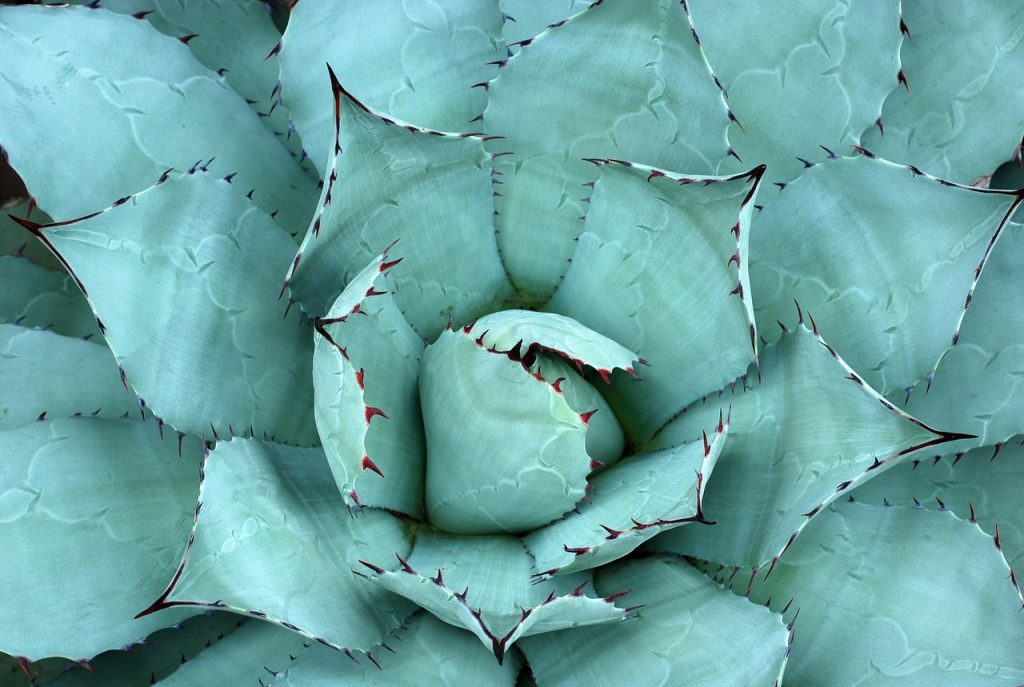Ingrown hair might not seem like much but it’s a whole different topic when you experience having it. These things are not just inconvenient and unsightly, they can also be very uncomfortable. And if you’re unlucky enough for your ingrown hairs to get infected, expect a world of pain and even some health issues as well.
The sad thing is, if you often remove unwanted hair, you can expect to experience getting ingrown hairs. Sometimes, when hair isn’t removed properly and completely, they can curl back into the skin, the sharp end of the hair can then puncture the top layer of your skin and cause irritation. In some cases, new hair growth might not be able to properly break through the top layer of the skin. This results in bumpiness, itching, and skin irritation as well.
Removing ingrown hair can be quite tricky, however. If it’s located in a hard to reach spots like your pubic area, manual removal can be nearly impossible. If it’s on your armpits or legs, tweezing it out can be a tedious affair.
So how do you deal with ingrown hair if you’re not going to use a tweezer? Here are the alternative products that you can have on hand to battle such pesky growths:
Ingrown hair creams
There are lots of available topical creams that are meant specifically to deal with ingrown hairs. These creams have exfoliating ingredients that allow them to effectively and gently breakdown the dead and topmost layer of your skin that are obscuring the hair growth that’s causing the ingrown hair issue.
The best thing about these items is that they’re very easy to use. You just need to apply them on the affected area according to the product’s instructions and you’re good to go. You’ll soon get relief from them and get rid of ingrown hair.
Chemical exfoliants
Benzoyl peroxide, salicylic acid, and glycolic acid are three of the most popular chemical exfoliants on the market today. They effectively and gently break down dead skin and help resurface a healthier skin layer so they also prove to be very useful in dealing with ingrown hair.
Very moisturizing soaps and lotions
Keeping your skin very smooth and soft can also help deal with an emerging ingrown hair. Doing so will ensure that the hair will be able to break through your outermost skin layer with ease, preventing it from getting trapped under the surface.
Aloe vera and hydrocortisone
In case your ingrown hairs have already become inflamed and irritated, using these two ingredients will be ideal. They will help soothe the skin in the affected area which can help relieve you from the pain and discomfort. They will also help soften the skin and allow the hair to emerge with more ease.
Aloe vera is highly recommended for those with ingrown hair in sensitive areas. So if yours came from a botched Brazilian, make sure to grab an unadulterated aloe vera gel right away.
How to Prevent Having Ingrown Hair
Because prevention is also way better than cure, you might also want to know how you can avoid getting ingrown hairs. This can help keep the problem from recurring, ensuring that your hair removal journey will be as smooth as your skin after becoming hair-free. Here are a few tricks to do this:
Remove hair properly.
Make sure that you won’t screw up your hair removal process. If you’re going to do it yourself, learn the proper techniques and improve your skills.. Doing so will guarantee you the best results and prevent problems like an ingrown hair.
Exfoliate regularly.
Regular exfoliation in the areas you remove unwanted hair will help you keep your skin soft and malleable so it won’t trap growing hair underneath the surface. Regular scrubbing and the use of topical products with exfoliating ingredients are ideal.
However, as some hair removal methods (shaving and waxing) can also exfoliate your skin, you should be more mindful and gentle in doing them. Do not over-exfoliate as it will leave your skin damaged and weak.
Keep your skin moisturized.
If you’re going to exfoliate regularly, you also need to keep your skin moisturized thoroughly. Doing this will ensure that your skin is healthy. If your skin’s moisture barrier is broken from over-exfoliation, your skin will be susceptible to irritations and infections. It will also be itchy and unsightly, so it’s better to take the extra step of moisturizing your skin after you clean or remove hair from it.
Change up your hair removal methods from time to time.
Certain hair removal methods that can cause over-exfoliation will also take a toll on your skin if done regularly. This is why it’s also ideal to change up your chosen method from time to time.
Doing this will help give your skin a break from the damage your hair removal method does to your skin. For example, if you shave often, waxing, sugaring, or epilating every once in a while will give your skin a break from getting in contact with a sharp razor. If you wax, sugaring or epilating will be great alternatives. Getting professionally waxed at Brazilian Wax is also a good idea. Those who get laser treatments are recommended to shave in between sessions when hair growth is observed.
